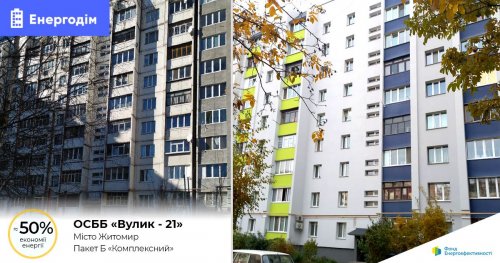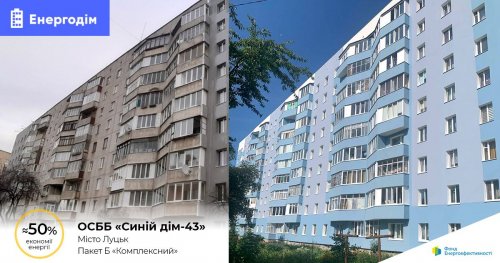Scientists from Stanford University have developed a new color paint that can save 7.4% of the energy needed to heat, ventilate, or cool a mid-rise residential building.
The paint can reflect up to 80% of mid-infrared light from the Sun, which could reduce the growing reliance on air conditioners and heaters, reports ScienceAlert.
It is noted that traditional paints reflect ten times less infrared light.
According to scientists, the paint provides year-round energy savings that can be used in different climates. Building surfaces absorb mid-infrared light in the form of heat. When used on the outside of the building, the paint does not transmit heat. In addition, it will help keep the heat inside the room.
The material said that under artificial conditions, the paint reduced the amount of energy needed to cool the closed space by almost 21%. And in artificially cold conditions, the amount of energy for heating decreased by 36%.
ScienceAlert emphasized that this is not a small figure, because buildings in the United States consume about 40% of energy in the country, and a large part of this is spent on heating, ventilation and air conditioning.
It is noted that previous energy-efficient paints were either white or silver. The new development has a wide range of colors, namely white, blue, red, yellow, green, orange, purple and dark gray colors.

Objects from different materials covered with new paints (sciencealert.com)
The material emphasized that the new paint has two layers that are applied sequentially. The first is a reflective bottom layer that contains silver aluminum particles. The second is a transparent top layer that contains colored inorganic nanoparticles. In addition, both layers are water-repellent and work in humid and hot environments.
"For both heating and air conditioning, we must reduce energy and emissions worldwide to achieve our zero-emissions goals," said materials scientist Yi Cui of Stanford.
It is noted that scientists continue to improve their technology and hope to commercialize the paint in the future.
As reported by EcoPolitics earlier, scientists from Yonsei University in South Korea invented a lampshade that cleans the air from pollutants.





